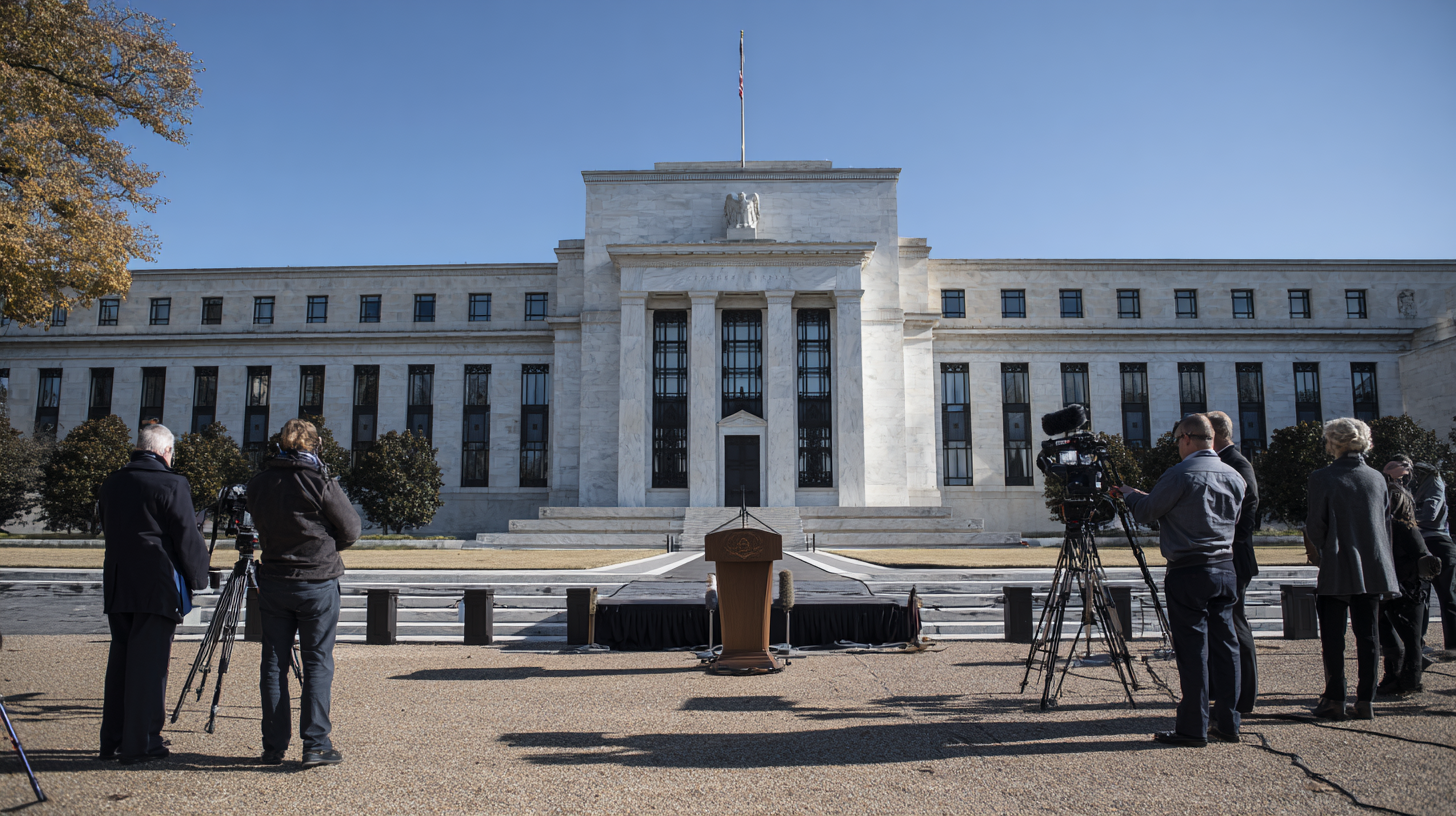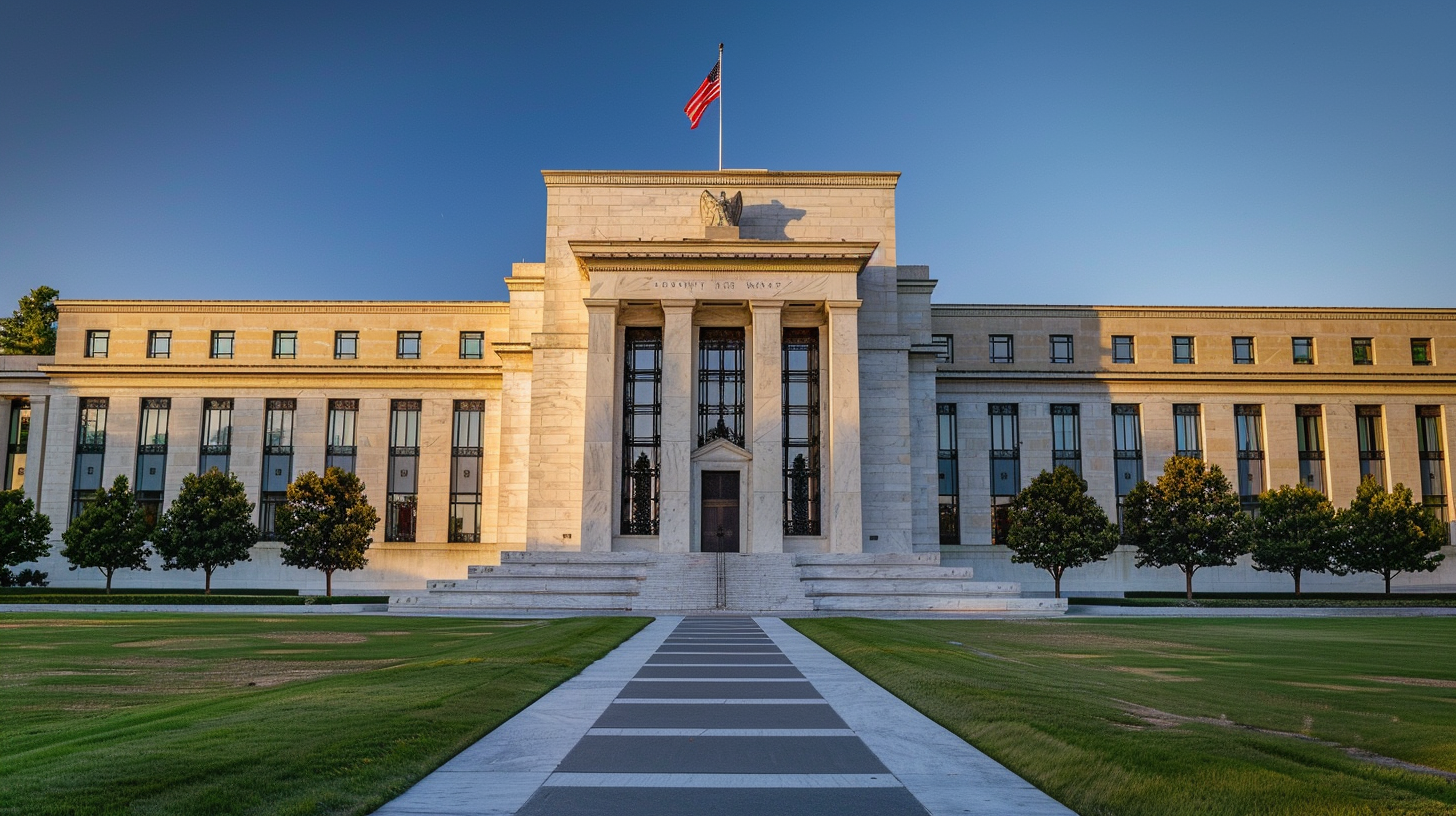The U.S. housing market gained momentum in September as falling mortgage rates helped drive home sales to their strongest level in seven months. Despite the uptick, prices remain elevated, reflecting the persistent challenges of limited supply and strong demand.
Sales of previously owned homes rose 1.5% from August to a seasonally adjusted annual rate of 4.06 million units, according to the National Association of Realtors. Although slightly below analysts’ expectations, sales were still more than 4% higher than a year earlier, signaling steady improvement in buyer activity.
The increase came as mortgage rates eased during the summer. The average rate on a 30-year fixed loan declined from 6.67% at the start of July to 6.17% by the end of September, making home purchases slightly more affordable for prospective buyers. Improved affordability, combined with rising confidence in the housing market, has encouraged more buyers to return despite lingering concerns about high costs.
Inventory levels also improved modestly, rising 14% from a year ago to 1.55 million homes for sale. However, supply remains below pre-pandemic norms, and at the current sales pace, the market still leans toward sellers. Many homeowners remain financially stable and see little urgency to sell, keeping distressed listings to a minimum.
Prices continued their steady climb in September. The median existing home price reached $415,200, up 2.1% from the previous year and marking the 27th consecutive month of annual gains. Home values are now more than 50% higher than before the pandemic began, underscoring how resilient pricing has remained even in the face of higher borrowing costs over the past two years.
Much of the current growth is being led by the upper end of the market. Sales of homes priced above $1 million jumped roughly 20% from last year, supported by a rise in luxury listings and affluent buyers taking advantage of more favorable borrowing conditions. In contrast, lower-priced homes under $100,000 saw only modest increases, constrained by affordability barriers and limited availability.
First-time buyers are beginning to reappear, accounting for 30% of September transactions compared with 26% a year ago. Lower rates and a modest increase in available homes are helping younger buyers re-engage, although many remain priced out of major metro areas. Roughly 30% of all transactions were completed in cash, highlighting the continued presence of investors and high-net-worth buyers in the market.
Homes are also taking slightly longer to sell, with properties remaining on the market for an average of 33 days compared with 28 a year ago. This may reflect both higher asking prices and a more measured pace among buyers evaluating their options.
Overall, the latest data suggests that easing mortgage rates are breathing some life back into the housing market. However, until supply improves meaningfully and price growth slows, affordability will remain a significant obstacle for many households hoping to buy a home.












